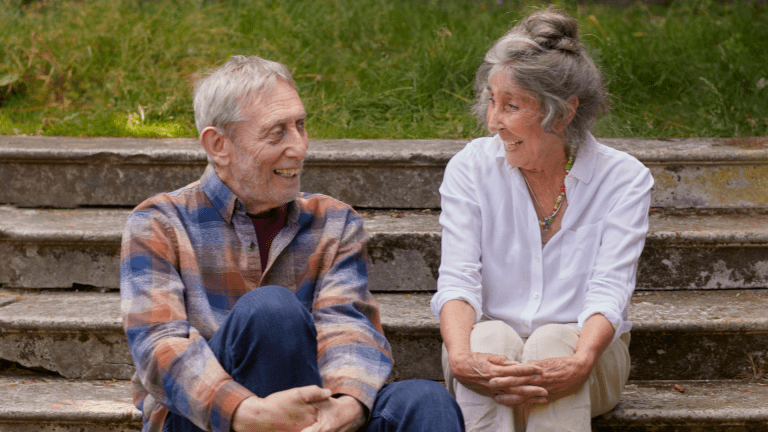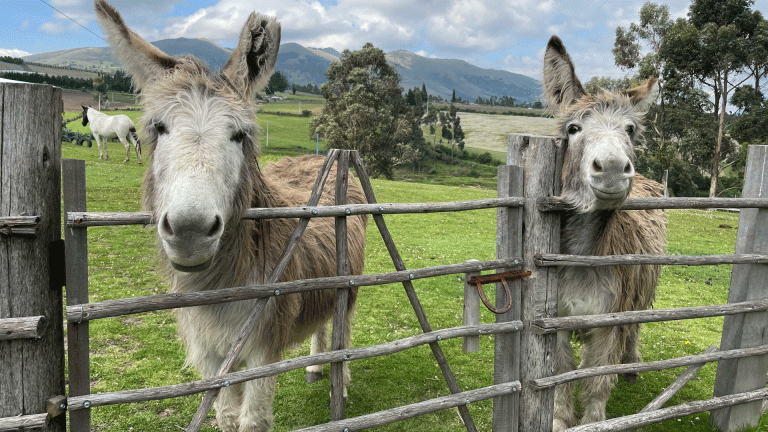Sorting through books recently, I stumbled on an old copy of Samuel Beckett’s Happy Days. A glance at the cover – Winnie up to her waist in sand – was enough to rekindle the dread invoked by its premise: that all our props and prattle are ploys to mask the emptiness of existence.
It was strange then, days later, to open Jon Fosse’s I Is Another, and experience precisely the same sensation. Or maybe not. The title of the second part of the Norwegian writer’s three-volume work about dopple-ganger artists is from Arthur Rimbaud (Je Est Un Autre), but its themes are overtly, self-consciously Beckettian.

Like the first part, which I haven’t read, I Is Another is written stream-of-consciousness and without full-stops. The narrator, Asle – a widowed painter, once a heavy drinker, now a heavy Catholic – shifts between the minutiae of his daily life and his memories of an unhappy childhood/ happy marriage. He worries, too, about his spiritual twin, also called Asle, who is twice-divorced and an alcoholic. Asle 1 recently discovered Asle 2 half-frozen in the snow.
Fosse recognises a worth in our clumsy efforts to forge relationships
I is Another is bleak, but rewarding. Its slow, repetitious style proves hypnotic, pulling the reader into a dislocated world in which identities are nebulous, and the dead commune with the living.
Fosse reflects on the inadequacy of language in the struggle for intimacy. Most of the conversations Asle relays are a patchwork of platitudes and well-worn anecdotes. Even his saying of the rosary is less an invocation of faith than a means of stifling panic; just like Winnie and her chatter. Yet when gallery owner, Beyer, who champions his work, repeats the story of how they met, Asle says this is “something we talk about to show how connected we are to each other.” Fosse recognises a worth in our clumsy efforts to forge relationships.








